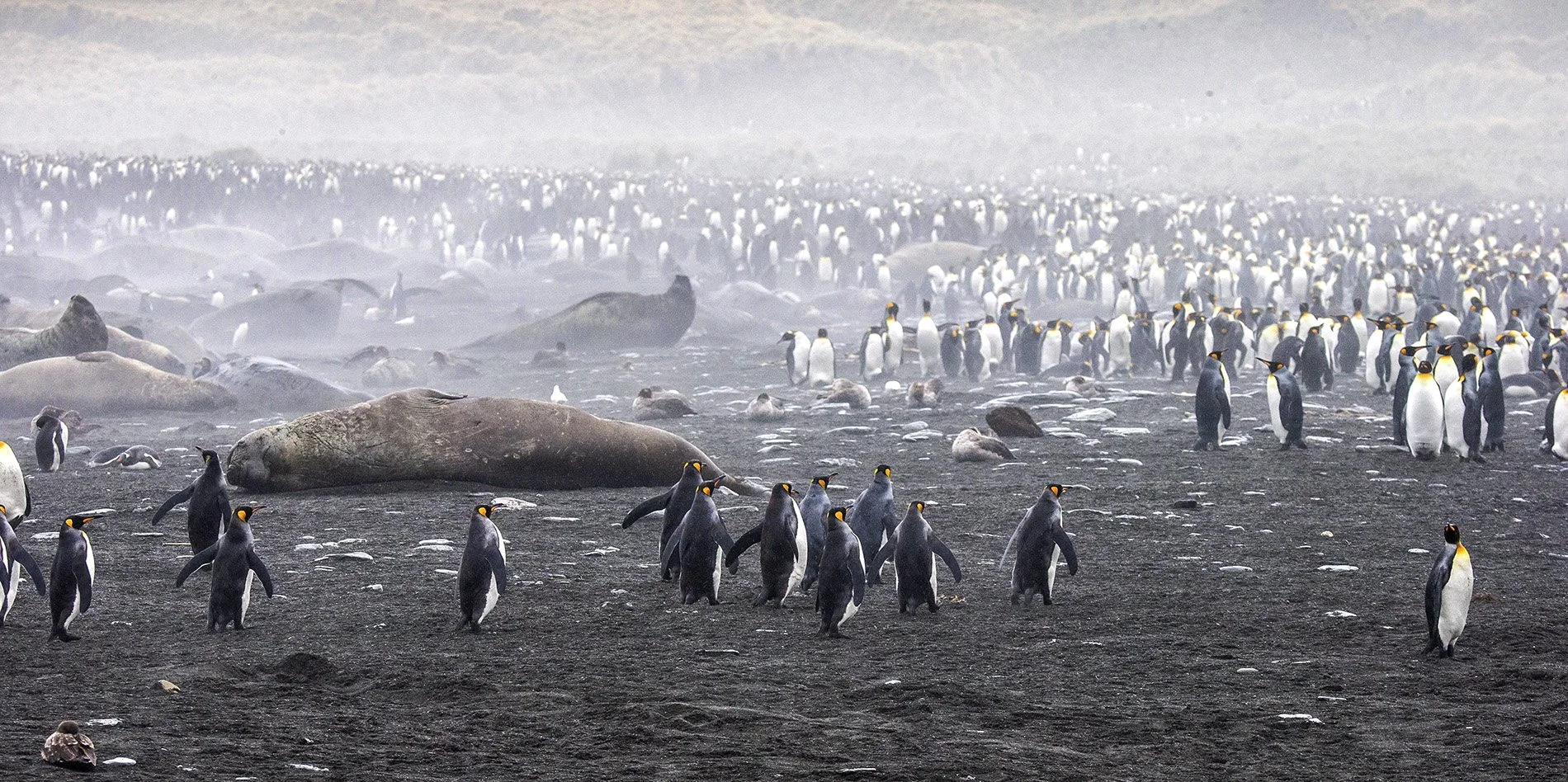Wildlife in Antarctic: A Journey Through Nature’s Frozen Frontier
PSA GOLD MEDALS: 2020 Gold Huabiao, 2020 Digitalna Foto, 2020 Mammoth Circuit
Jingru Luo’s “WQEWG:” Awards in 30 PSA and FIAP International Exhibitions

PSA GOLD MEDALS: 2020 Gold Huabiao, 2020 Digitalna Foto, 2020 Mammoth Circuit
Jingru Luo’s “WQEWG:” Awards in 30 PSA and FIAP International Exhibitions